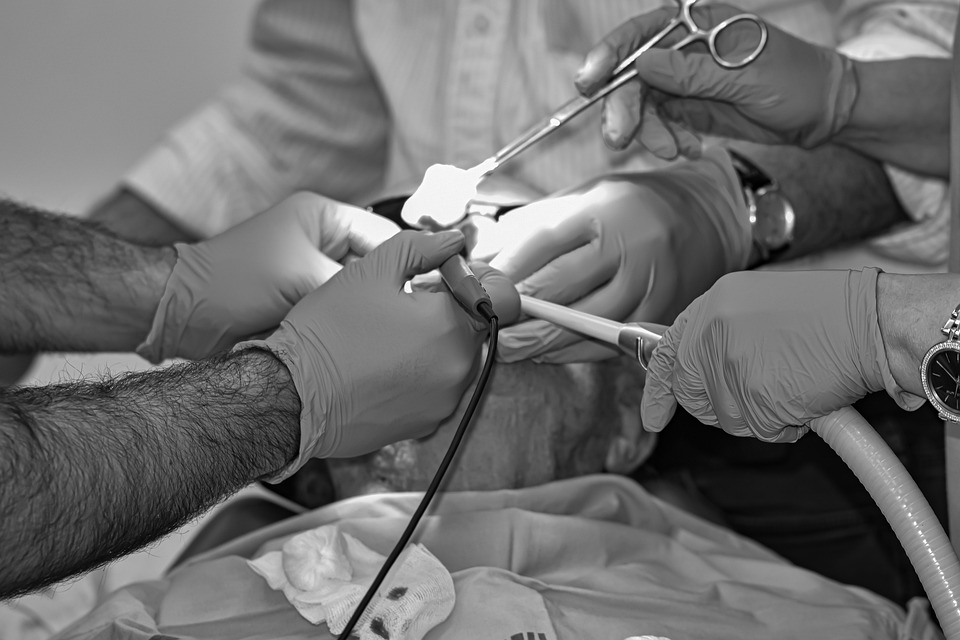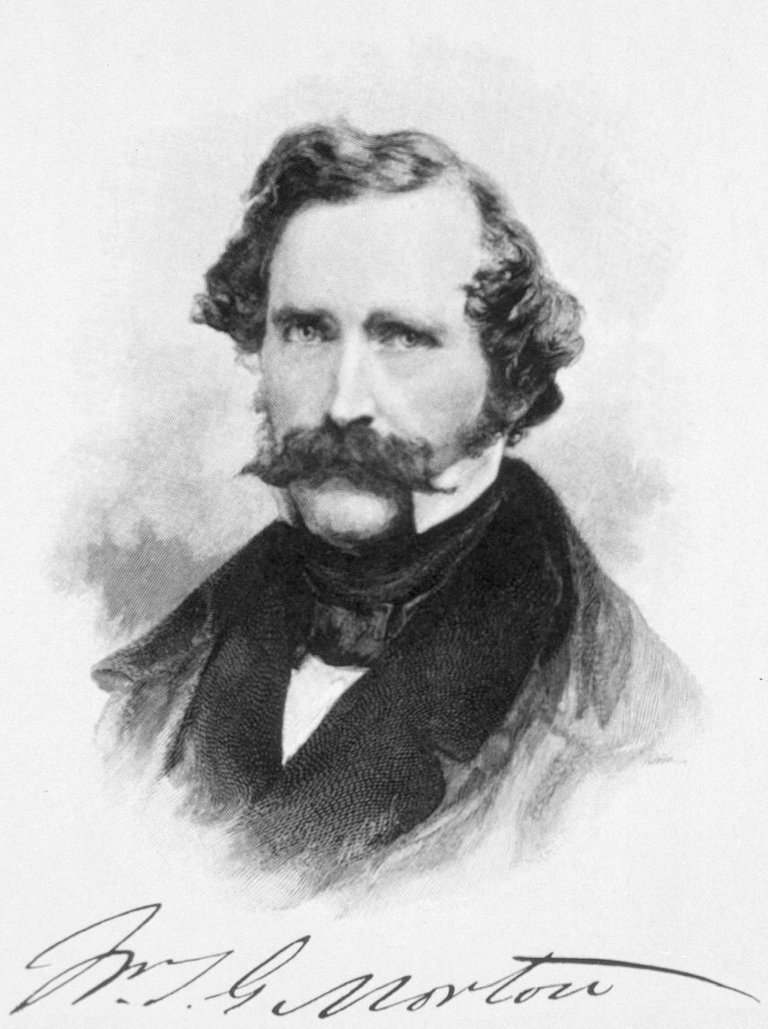Brief History of Anesthesia and its Working mechanism.
As we all know, in modern medicine anesthesia is the most important tool to perform different medical procedures. Patients can easily undergo any invasive procedures without any discomfort or pain. However, this was not always the case. Surgeries were also done before the discovery of anesthesia. Yes, it used to be a very painful procedure and often fatal. Imagine the idea of being cut open in a fully conscious state. It's truly horrifying. Therefore let's start with the History of Anesthesia.
.jpg)
Image by pixabay.
Brief History of Anesthesia
Well, the true history dates back to ancient times when priests and shamans used to perform complex operations using alcohol, ayurvedic herbs, and opium as anesthetic agents.
The earliest account of it being used can be traced back to the 1200s. An Italian bishop "Theodoric of Lucca" used opium and mandragora-soaked sponges for the surgical procedure. This helped in pain relief to some extent but it was not enough to cut open a person without any pain. This was a huge problem.
Doctors were famous for how fast they can perform surgery because a slow doctor would cause extreme pain. A dentist found some pain-relieving properties in Nitorus oxide gas. Which is more popularly known as "The laughing gas". His name was Horace wells. He is considered to be the first doctor who pushed modern anesthesia. Still, this could only be used to perform simple dental procedures. Doctors needed something that could make patients unconscious.

Here comes another dentist, Dr. WTG Morton who demonstrated the first successful use of Ether and removed a large tumor from the patient's neck on 16 Oct 1846. To everyone's surprise, the patient remained calm and unconscious the whole time during the procedure. Therefore, World Anesthesia day is celebrated on the 16th Oct. In 1847 Dr. J Y Simpsons started using chloroform for childbirth. It was truly popularised when Dr. John Snow used it on Queen victoria for delivery in 1853.
Different Types of Anesthesia
In modern medicine, we have categorized it into 3 types.
- General Anesthesia
- Regional Anesthesia
- Local Anesthesia
The patient is made completely unconscious by general anesthesia. Regional is quite different though, just a specific group of nerves is blocked to numb down a bigger area of the body where the surgery needs to be performed. Local anesthesia is quite similar to regional one, but it's only given on the site where the procedure needs to be performed. Before we see how anesthesia works let's first look into the pain works.
The Physiology of Pain
This undesirable effect when you suddenly touch a pointed object is actually a defense mechanism of the brain to make your body act as fast as possible. but how does the brain know that? Well, it happens due to some special receptors or you can say pain receptors. In medical terms "Nociceptors". A fun fact, any part of the body can experience pain except the brain because there are no nociceptors in the brain.

These receptors are actually part of first-order neurons in the pain pathway. some of it can be myelinated(delta fibers) or unmyelinated(C Fibers). Myelinated fibers basically conduct signals faster than unmyelinated fibers. These neurons are then connected to the 2nd order neurons in the spinal cord and move up in the spinothalamic and spinoreticular tract where it joins the 3rd order neurons to transmit the signals to the brain.
Mechanism of Anesthesia
The mechanism of general anesthesia follows three key steps.
- Induction
- Maintainance
- Reversal
See, today we follow the concept of balanced anesthesia meaning just one drug cannot produce the desired effect, therefore, a group of drugs is used in balanced dosages to produce desired effects. In the operation theater, the doctor first uses drugs that induce unconsciousness and decrease awareness. After that stable dosage of different anesthesia is provided constantly to maintain the effect. So, What drugs are used for induction? Etomidate, Propofol, and ketamine are the most widely used drugs to induce unconsciousness. These drugs enhance the GABA neurotransmitter which is an inhibitory neurotransmitter. Once the patient achieves unconsciousness, it's important to maintain this state, otherwise patient might wake up during the surgery, which is scary. The most widely used drugs for maintenance are Ketamine, Nitrous oxide, Xenon, and Cyclopropane. These act by inhibiting the NDMA receptors which block the pain pathway. Finally, Once the surgery is done, the effects must be reversed. Can be life-threatening if not done properly. 1st step is always to stop the maintenance drugs if that doesn't work and antidotes are given to reverse the effects.
Role of Anesthesiologist in OT
They have a very crucial role in maintaining the comfort and safety of the patient during the overall surgery. Their primary responsibility is to provide anesthesia, make the patient unconscious comfortably, pain relief and monitor the vitals frequently to ensure safety. Overall, throughout the operation, they work very closely with the surgical team.
That's it for this article guys. See you at the next one.
Previous articles:
Should you get a hair transplant? How is it Performed?
The Great War between Bacteria and Antibiotics.
References:
Medical Milestones: Discovery of Anesthesia & Timeline - UMHS
Mechanism of action of general anaesthetic drugs
The Anatomy and Physiology of Pain - NCBI
Thanks for your contribution to the STEMsocial community. Feel free to join us on discord to get to know the rest of us!
Please consider delegating to the @stemsocial account (85% of the curation rewards are returned).
You may also include @stemsocial as a beneficiary of the rewards of this post to get a stronger support.
Whenever I hear of anesthesia, the movie Awake with Jessica Alba comes to mind 😨 Scary!